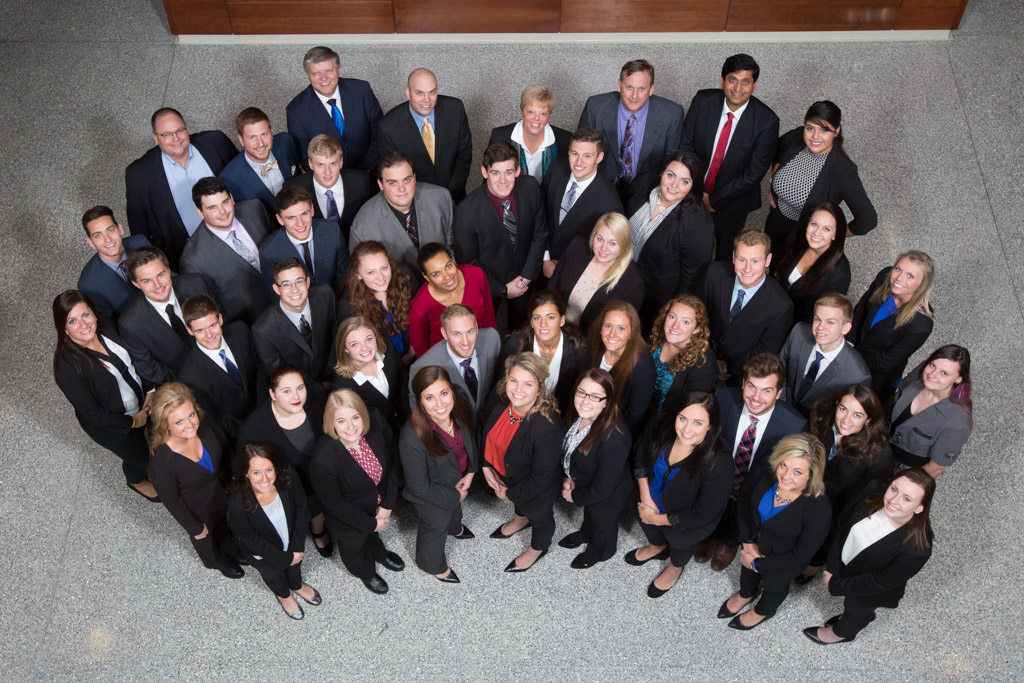The Importance of Research
and Development
Research and Development is
quintessential to the innovation process, and ultimately the success of your
business (or product). Research and
Development is an investment we make to help us expand and gain competitive
advantages in our industry. R&D applies to all industries and all sizes of
organizations. If you aren’t investing in further development, your competitors
will (and probably are already doing such). There are some huge companies that
you probably have heard of that are “top dawgs” when it comes to R&D, such
companies include Intel, and Amazon. These two companies spend BILLIONS to help
give them competitive advantages. Intel for example, is consistently always
looking to make their technology run faster and more efficiently. Amazon, uses
R&D to help with their customer’s experience and the supply chain side of
their business (such as appropriate distribution locations and other services
they can provide). Remember it is important to note that R&D can be
implemented in ANY organization, regardless of size. Sure, you may not be able
to spend money like Intel and Amazon, but by investing even a little bit, it
will give you a competitive advantage.
Here are some key benefits of that R&D
provides to organizations that implement R&D tactics.
1 The decision basis
2 Technology strategy
3 Portfolio management
4 Project strategy
5 Proper organization and process
6 Relationship with internal customers
7 Relationship with external customers
8 R&D culture and values
9 Improving decision quality
For more information, check out this article!
http://www.incrementalinnovation.com/innovation-management-development/rd-to-innovation
